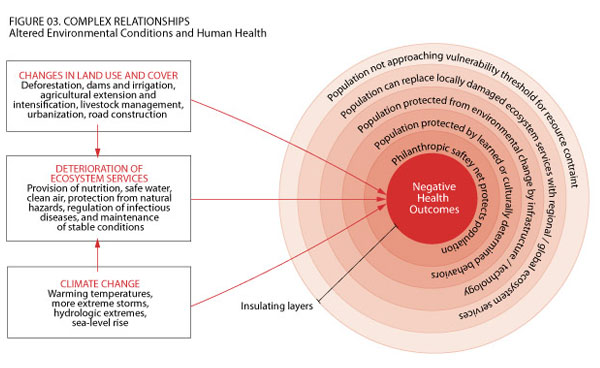Exactly 15 years ago I wrote an article in this newspaper about the adoption of an extended dress code in a major company. I thought the editor’s insistence that I should make clear that the story was a spoof was unnecessary. But last month’s news that UBS had issued a 43-page dress code to some of its employees confirms that, as always, the editor was right.
So here is an abbreviated version of the earlier article. It is addressed, not just to the dress police at UBS, but to the people across the way in Basel, who are wrestling to elaborate much more important, and even longer, rule books for the employees of banks.

After privatisation, a former state-owned company decided it was time to shake off sloppy public sector dress habits. A directive went round telling senior employees to adopt suitable business dress. The directive caused resentment. Those who opposed it demanded greater clarity and certainty. How could they know what would or would not represent suitable business dress? After advice from its legal and regulatory affairs department, the company agreed to promulgate a dress code. Senior male employees were expected to wear smart suits, shirts with collars, and ties.
But soon someone came to the office in a red suit. When criticised, he pointed to the terms of the dress code. The suit was undeniably smart: but it was the smartness of the nightclub rather than the boardroom. So the dress code had to specify colour. Red was out, grey was in. But what of blue? Some blues were clearly acceptable. The chairman’s favourite suit, in fact, was a fetching shade of navy. But bright blues could not be admitted. So how bright was bright?
Careful research came up with the answer. Brightness is determined by how much light a fabric reflects and a machine could measure this objectively. But ties were so varied in character as to pose a more intractable problem. A clearance procedure seemed the best answer. Anyone who bought a new tie could submit it to the dress code department, which had 42 days to rule on whether or not it was suitable business dress.
There was the more general problem of changing fashion. After all, it was not so long since every gentleman had gone to work in a wing collar and frock coat. Not only were other forms of dress now acceptable, but wing collars had probably ceased to be acceptable. Paul Smith agreed to chair a standing working party to advise the company on fashion trends.
By this time, the dress code extended to 50 pages, largely impenetrable. No sensible employee read it, and when given a copy they were told that if they behaved sensibly they would probably be all right. Knowledge of the contents of the code was confined to the dress department, which by this time consisted of 20 people, mostly lawyers, the union representative who negotiated over it, and a few cranks who enjoyed pointing out inconsistencies and anomalies.
In the regulation of business affairs, from dress codes to rules on takeovers, it is always tempting to try to translate general principles – do not expose major financial institutions to excessive risks, treat customers fairly, refrain from anti-competitive behaviour, set reasonable prices – into specific rules. But the world is rarely sufficiently clear and certain for this to be possible, and if it seems so today it will have ceased to be so tomorrow. There will be many people who will stretch the limits of whatever specific rules are implied, and in doing so violate the spirit of the regulation as they adhere to its letter.
The only answer is to establish structures, both within the business and in the environment within which it operates, that frame attitudes and styles of behaviour. While rules can contribute to those objectives, only rules that are easy to understand and monitor will work. For those who subscribe to the objective of a dress code, formal definitions are irrelevant: for those who do not recognise their purpose, such definitions become a licence for abuse.
Post and read comments at www.ft.com/kay





